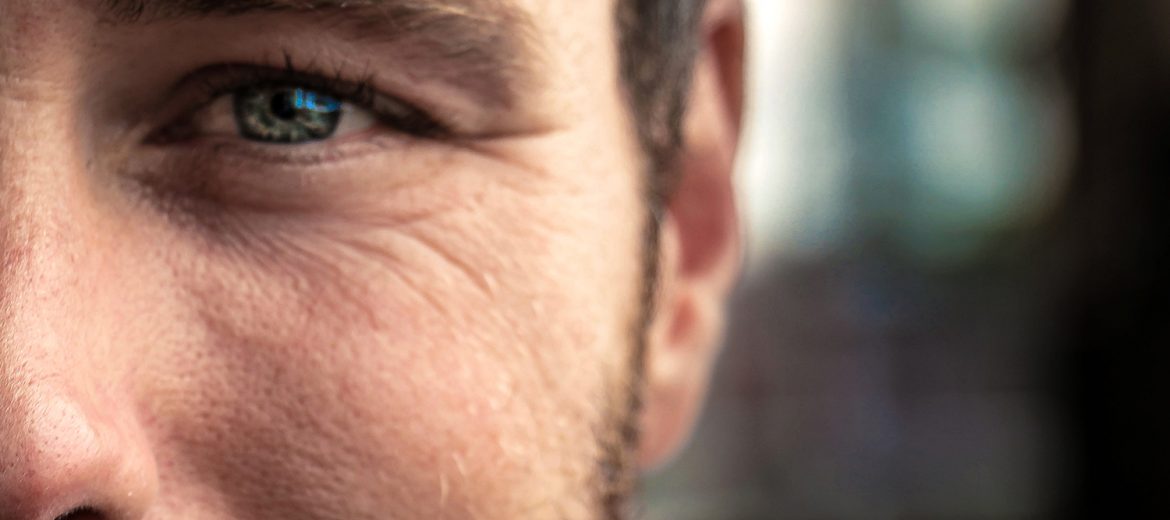The Great FUE vs. FUT Debate (an Unbiased Assessment)

Hair transplants remain among the top hair restoration options for their ability to achieve the maximum possible results.
The procedure entails transplanting healthy hair follicles from the donor area to the thinning or balding areas of the scalp. Once transplanted to the recipient area, they will grow into healthy hair producing follicles, enabling natural looking, permanent results.
There are two types of hair transplant procedures most commonly performed—Follicular Unit Transplantation (FUT) procedures and Follicular Unit Extraction (FUE) procedures.
With any cursory Googling, you’ll discover there seems to be a great deal of debate over which type of procedure is best, causing no small amount of confusion.
The following assessment will help provide you with clarity on the great FUE vs. FUT debate, once and for all. Here’s a look at some of the topics that are most frequently subjects of debate:
Donor Harvesting Method
The method of harvesting the donor hair is one of the main aspects that differentiates a FUE hair transplant from a traditional FUT.
In FUT, the surgeon removes a long strip of tissue from the donor area of scalp, then separates the donor strip into individual follicular units before transplanting them to the recipient site. This is referred to as the strip harvesting method.
In FUE procedures, the follicular units are extracted individually and directly from the scalp. The method involves making a number of tiny round incisions scattered throughout the donor area to extract the follicular units. In some cases, FUE may also be used to harvest body hair as a donor site, which is not the case with FUT.
Scar Formation
The strip harvesting method used in FUT produces linear scars. For some patients, scarring can be minimal and easily concealed by the surrounding hair. However, in other cases, patients can have scars that widen and appear prominent. This may especially be a concern for those who wear their hair very short. Visible scarring can be more likely to occur with FUT.
FUE procedures do not create a linear scar, but in some cases, they can produce circular, dot-like scars diffused over the donor area. With FUE, scarring is significantly less likely to be visible. In some instances, those with darker skin tones or who need a large number of grafts, there could be an increased potential for detectable signs, but this is not typical.
Quality and Number of Grafts
Another subject of debate is the quantity and quality of grafts using FUE versus the strip harvesting method in FUT.
Some argue that the FUT procedure yields a greater number of high-quality grafts. This is based on the view that the surgeon can isolate the highest quality follicular units from the strip graft with less risk of damaging them and that there’s a overall higher survival rate than with FUE grafts. Another reasoning is that the strip method may produce the most donor hair, better utilizing the permanent zone.
However, the instruments and technologies used in FUE and the surgeon’s level of skill and experience are highly mitigating factors. These considerations may come into play for patients with more extensive hair loss and who are primarily concerned with maximizing their donor supply. In many cases, such differences are not a significant factor.
Discomfort and Recovery Time
FUE procedures involve a shorter recovery time. Less discomfort is also reported than with FUT procedures.
Debates in FUE Techniques
Recent advances in technology have become a game changer for FUE. Today, FUE hair transplants rely on the use of different automated technologies and devices, and different doctors may use different tools to perform the procedure.
In general, a transplant surgeon will choose to use a particular technique or instrument based on the pros and cons perceived to be involved with each method. Essentially, it may be a matter of personal opinion or preference.
While the use of automated FUE technology is standard, there’s some difference of opinion over the use of different devices and which automated system is best. That debate is primarily between the ARTAS and NeoGraft systems.
The ARTAS is an image-guided robotic system that utilizes a more independent and computerized method to extract hair follicles. Some feel this offers the most precision and consistency.
The NeoGraft system is an automated hand-held device that’s guided by the surgeon. Rather than relying completely on robotics, this technique also utilizes the experience and judgment of the surgeon for a more customized approach. Those who favor this method, believe the device allows for greater artistry and creates results that best suit each individual’s hair line and natural growth patterns.
While there are now more advanced hair loss treatments available than ever before, they each come with their own advantages and disadvantages. The right option is best determined on an individual basis. Of course, it’s a good idea to consider and discuss all your hair restoration options with a physician.
We are confident that the methods we use at Ohio Hair Restoration will give you superior results. If you’d like to learn more about your hair loss treatment options, give our office a call today and we’ll be happy to assist you in any way we can.
